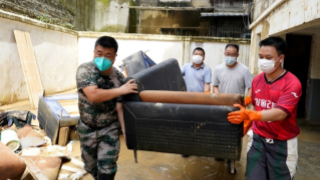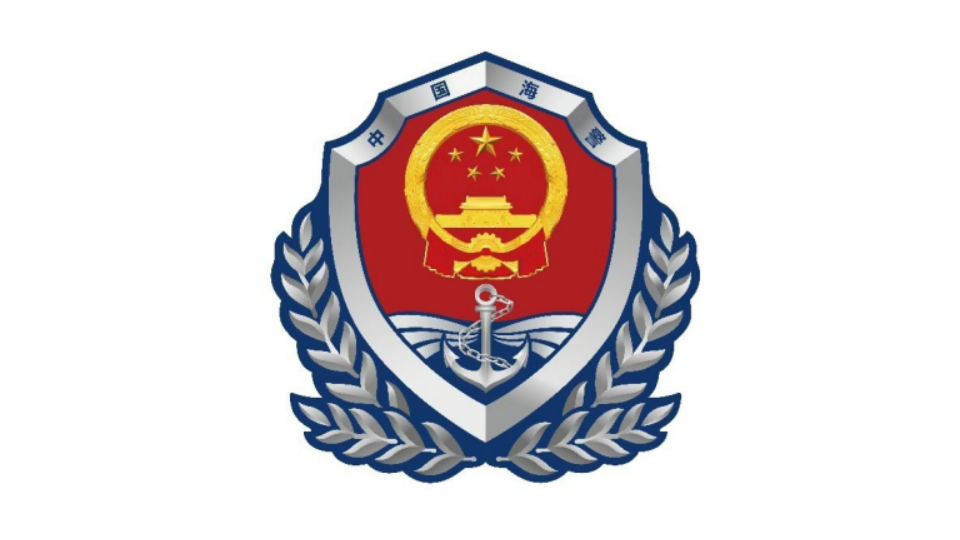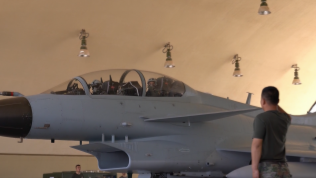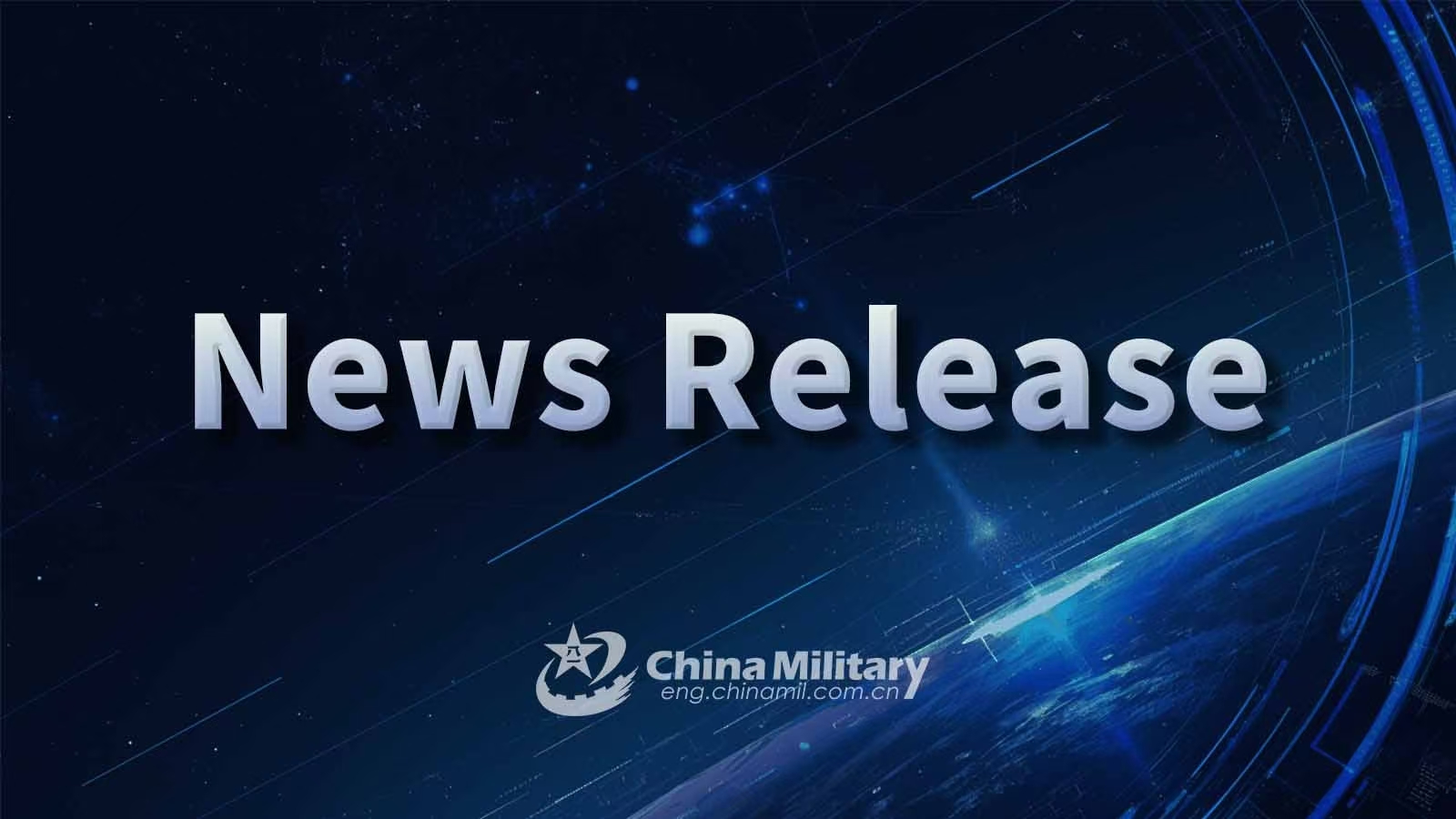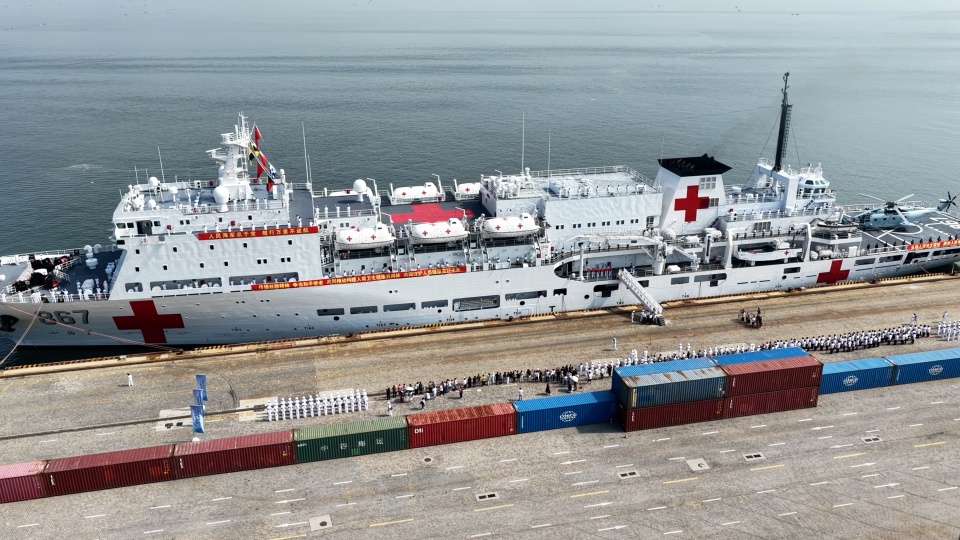By Wang Yuanyuan
Recently, NATO Defense Ministers agreed during a meeting in Brussels an ambitious new set of capability targets to build a stronger, fairer, more lethal Alliance, and ensure war-fighting readiness for years to come. According to the new defense investment plan, NATO member states should invest 5% of GDP in defense, including 3.5% on core defense spending, as well as 1.5% of GDP per year on defense and security-related investment. This decision will undoubtedly cast significant implications for the security landscape in Europe as well as for global strategic stability.
From 2010 to 2014, NATO's overall defense expenditure accounted for 2.8% of GDP, with the US alone contributing 4.0% of its GDP, while European allies averaged just 1.5% of their GDPs. After the outbreak of the Crimean crisis in 2014, NATO members made the commitment at the Wales Summit to allocate at least 2% GDP to defense spending by 2024. At that time, only three NATO members, including the US, met the 2% target, which in effect required European NATO members to significantly increase their defense spending. It placed considerable strain on their social welfare budgets and led to repeated disagreements between Europe and the US. By 2021, only six NATO countries had met the requirement.
The situation changed after the outbreak of the Russia-Ukraine conflict, with NATO members substantially increasing the share of defense spending. By 2024, 23 member states had reached the 2% threshold. After the start of Donald Trump's second term, he demanded that the European allies reach the 5% target as soon as possible. Although this demand placed enormous pressure on European countries, most NATO members in Europe ultimately accepted the benchmark. This was largely due to their long-standing reliance on US military protection and support, as well as a shared perception that the Russia-Ukraine conflict had created urgent security needs in Europe. By accepting the target, they sought to ease tensions between Europe and the US and strengthen European defense capabilities.
In fact, although a consensus was reached at the meeting on the 5% target, which implies that NATO member states will have to allocate vast sums to defense spending in the coming years, it remains a significant challenge for many European members of NATO already grappling with multiple crises. As a result, several countries have called for the timeline to be extended to 2035 or even later, while others have openly questioned the necessity and feasibility of the goal.
From a practical standpoint, by 2024, several NATO member states, such as Spain, Italy, and Belgium, had yet to meet the 2% target. Doubling that figure under the new plan is bound to further exacerbate the tension between the commitment NATO members have made and their actual fiscal capacity, potentially fueling greater social unrest and political instability. Judging from the anxiety among European NATO member states over funding sources and the growing discontent among the public, European countries will probably face even tougher times due to the Russia-Ukraine conflict.
German Defense Minister has even called for the country to be ready for war by 2029, urging NATO to rapidly scale up defense spending and military preparedness. However, such moves will only accelerate an arms race in Europe, increasing the risk that NATO's imagined conflicts could turn into a real and dangerous nightmare. From a global security perspective, NATO's defense spending in 2024 accounted for 55% of total global military expenditure, highlighting a serious imbalance in international military capabilities. If NATO continues to push forward with its 5% defense spending target, this imbalance will only worsen, posing an even greater threat to world peace and security.
Additionally, in a recent public speech, Mark Rutte mentioned exchanges with partners such as Japan and the ROK, portraying the "China threat" narrative. This indicates that NATO's military expansion also poses increased threats to the Asia-Pacific region, which deserves vigilance.
(The author is a scholar of the School of International Politics and Economics, University of Chinese Academy of Social Sciences.)
Editor's Note: Originally published on huanqiu.com, this article is translated from Chinese into English and edited by the China Military Online. The information and opinions in this article do not necessarily reflect the views of eng.chinamil.com.cn.





